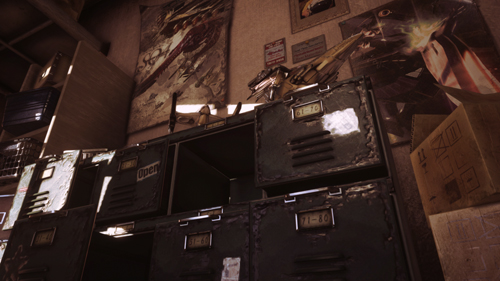In typical previous real-time rendering
implementations materials are difficult to work with. To achieve a
photo-realistic material with ad-hoc shading models, you would need
physically plausible albedo, normal, specular and shininess (gloss) maps.
However, physically-based shading models can help us to more easily achieve
a photo-realistic look. We presented reasonable physically-based shading
models in past conferences and they are one of the solutions to improve
material appearance. However, it is difficult to produce realistic lighting
condition results, even with physically-based shading models and traditional
light models that include existing deferred techniques. This is because all
light sources have "size" and there are no punctual (zero-size) lights in
the real world.
We also presented physically-based lighting and improved
ambient lighting BRDF models in 2010. Since then we are continuing to
improve our own physically-based rendering engine, including
physically-based shading models and lighting. With our latest engine, we
doesn't have to use a "Shininess Hack" to achieve soft-looking specular
highlights caused by an area light source. (Shininess Hack: If you set a
physically plausible shininess parameter with punctual lights, specular
highlights look smaller than they should in the real world. Thus, artists
set smaller shininess parameters to increase the highlight size and avoid
the problem.)


